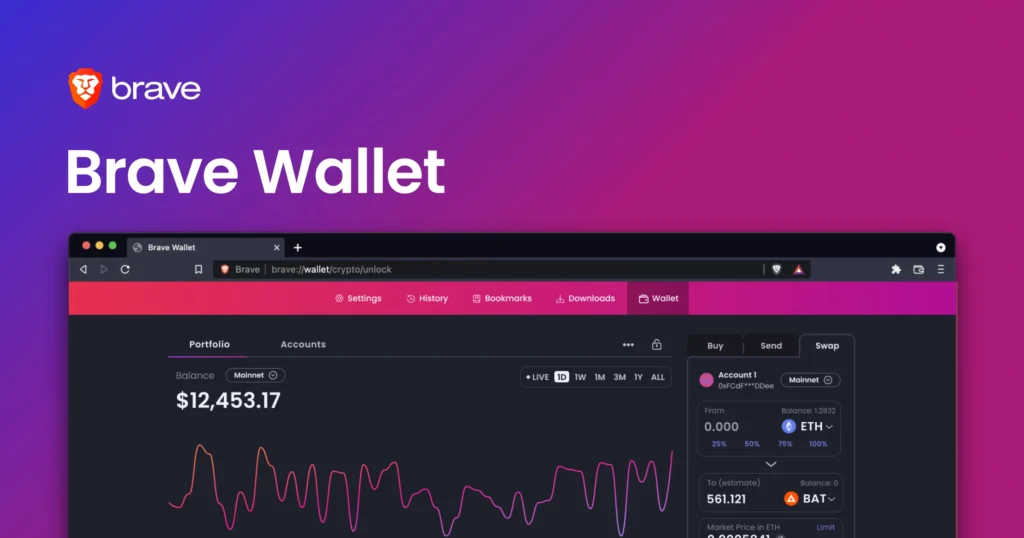Breaking Down the Crypto Audience: Who Uses It—and Why It Matters
September 1, 2024

Introduction: Who Exactly Is the Crypto Audience Today?
The term crypto audience gets thrown around in headlines and whitepapers, but few break down who it actually includes. Is it just early adopters with hardware wallets and Reddit threads, or is the user base evolving?
In this breakdown, we’ll map out who’s actively using crypto payments—across industries, geographies, and motivations—and explore the technical and financial considerations behind their choices. If you’re wondering whether crypto makes sense for your situation, this guide lays it out in plain terms.
Use Case 1: Freelancers and Global Entrepreneurs

One of the fastest-growing segments of the crypto audience includes remote workers, digital nomads, and online business owners who deal with global payments.
Let’s say you’re a freelance developer in Eastern Europe working for a startup in San Francisco. Traditional wire transfers could take days and involve foreign exchange markups and hidden fees. Crypto payments, especially via stablecoins like USDC or USDT, offer near-instant settlement and minimal cost. There’s no need for an intermediary bank—and in many cases, the sender doesn’t even need your legal name.
Technical Consideration:
Stablecoins are popular here for a reason—they offer price stability while retaining the borderless nature of crypto. That said, managing keys, wallet security, and potential compliance requirements (like KYC) can add friction.
Use Case 2: The Privacy-Oriented and Financially Disconnected

Another major segment of the crypto audience includes users who don’t have access to reliable financial infrastructure or prefer not to rely on it at all.
In countries with inflationary currencies, authoritarian control over banking, or widespread account freezes, crypto offers something traditional finance can’t: permissionless access. Anyone with a smartphone and an internet connection can store and send value using decentralized wallets. For some, it’s not about investment—it’s about economic survival.
Technical Consideration:
Wallet apps like Trust Wallet or MetaMask allow individuals to interact with decentralized finance (DeFi) tools without a bank. However, there’s still a steep learning curve, and mistakes—such as sending funds to the wrong address—are irreversible.
Use Case 3: Technically-Inclined Early Adopters

Not every crypto user is motivated by finance or privacy. A portion of the crypto audience simply wants to explore the technology.
These users experiment with apps like Brave (to earn BAT), use VPNs that accept crypto, or try peer-to-peer exchanges just to see how they function. They might stake tokens, test smart contracts, or mint NFTs. For them, using crypto is exploratory—a mix of curiosity and future-facing thinking.
Technical Consideration:
This crowd often serves as beta testers for the industry. They’re the first to try new layer-2 networks, sign up for zk-rollup platforms, or provide liquidity to decentralized exchanges (DEXs). They accept the risks in exchange for first-mover experience.
Who Should Probably Avoid Crypto—For Now

Crypto isn’t for everyone, and that’s worth stating clearly.
If you struggle with digital tools or have a low tolerance for risk, the crypto space might feel overwhelming. Wallet recovery phrases, gas fees, transaction failures—these are part of the experience today. Plus, customer support is practically non-existent in decentralized systems.
Technical Consideration:
Cold storage wallets require setup and maintenance. Hot wallets pose phishing risks. Centralized exchanges might offer simplicity, but they carry their own security and regulatory concerns. If you’re not ready to navigate all of that, it’s fine to sit out for now.
Is the Crypto Audience Expanding—and Is It Sustainable?

Yes, the crypto audience is growing, but not always in the ways headlines suggest. It’s not just traders looking to flip tokens for a quick gain. It’s creators, developers, migrants, business owners, and everyday users finding real utility in crypto tools.
The core user base is moving beyond speculation and into applied use cases. Whether that’s streamlining international payments or gaining financial autonomy, there’s a clear shift happening. The question is whether the infrastructure can keep up—and whether users can be onboarded safely.
Technical Consideration:
Scalability solutions like layer-2s, improved wallet UX, and integrations with traditional finance (like Visa cards that draw from crypto balances) are reducing friction. But it’s still early.
Final Take: Should You Join the Crypto Audience?

If you’re wondering whether crypto payments are right for you, start small. Test a transaction. Try a wallet. Watch how it feels—not just technically, but financially.
The crypto audience isn’t a single demographic. It’s a spectrum of use cases—from high-risk investors to low-income workers seeking fast, borderless value transfer.
And maybe that’s the most important takeaway: crypto isn’t one-size-fits-all. If it solves a problem in your life, great. If not, there’s no rush. Just keep watching. The tools are evolving—and so is the audience.
Relevent news: Here

